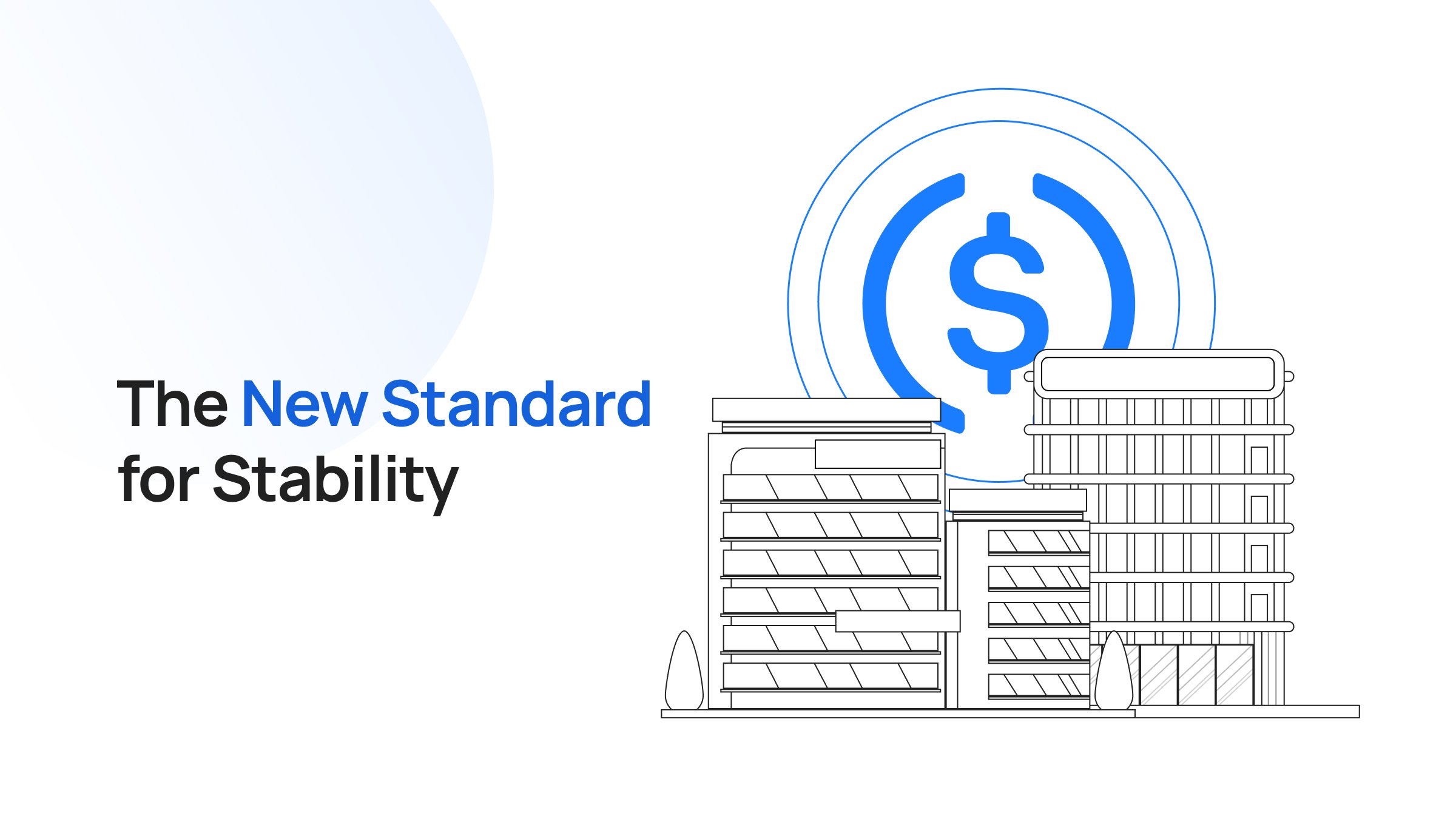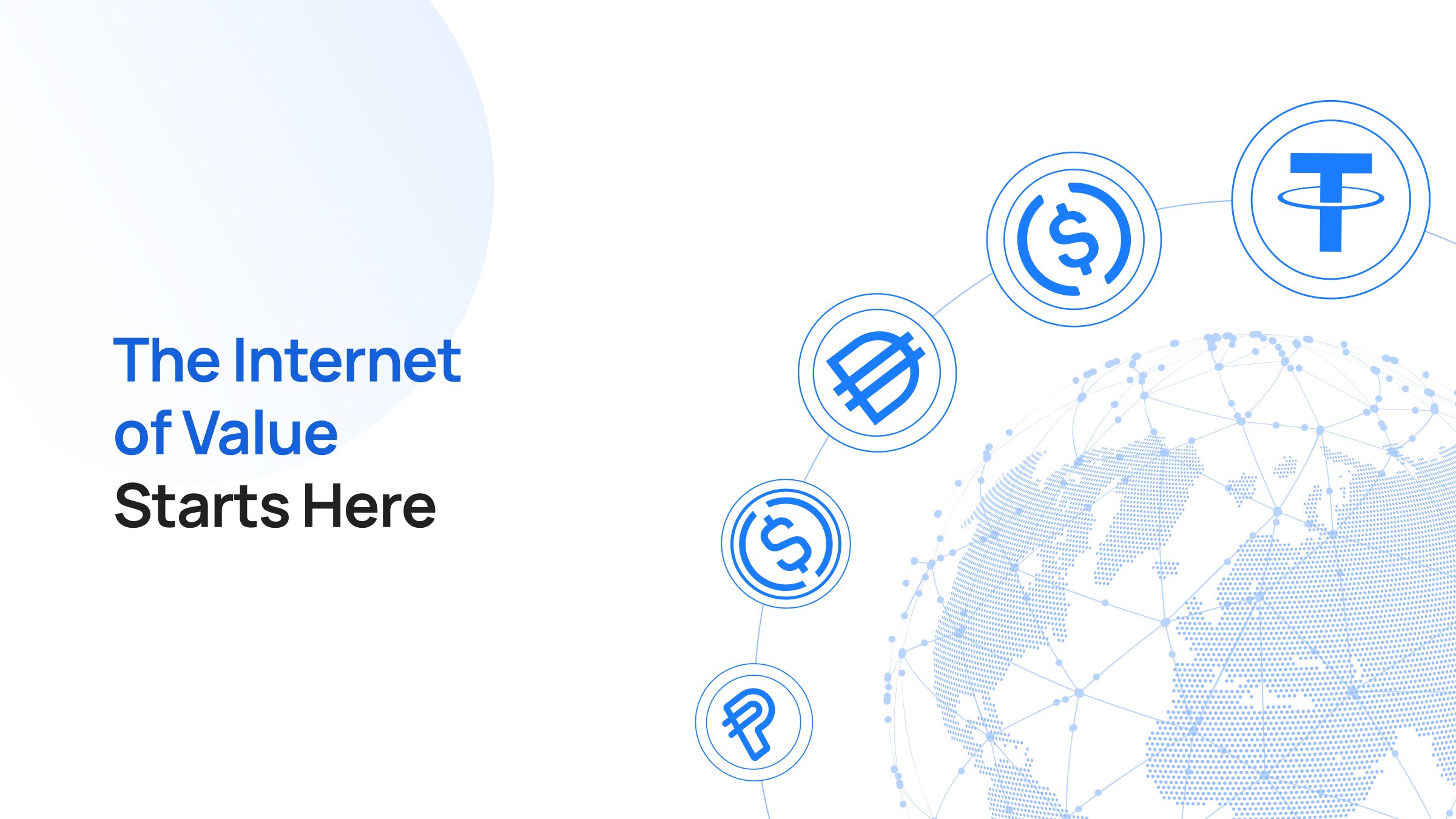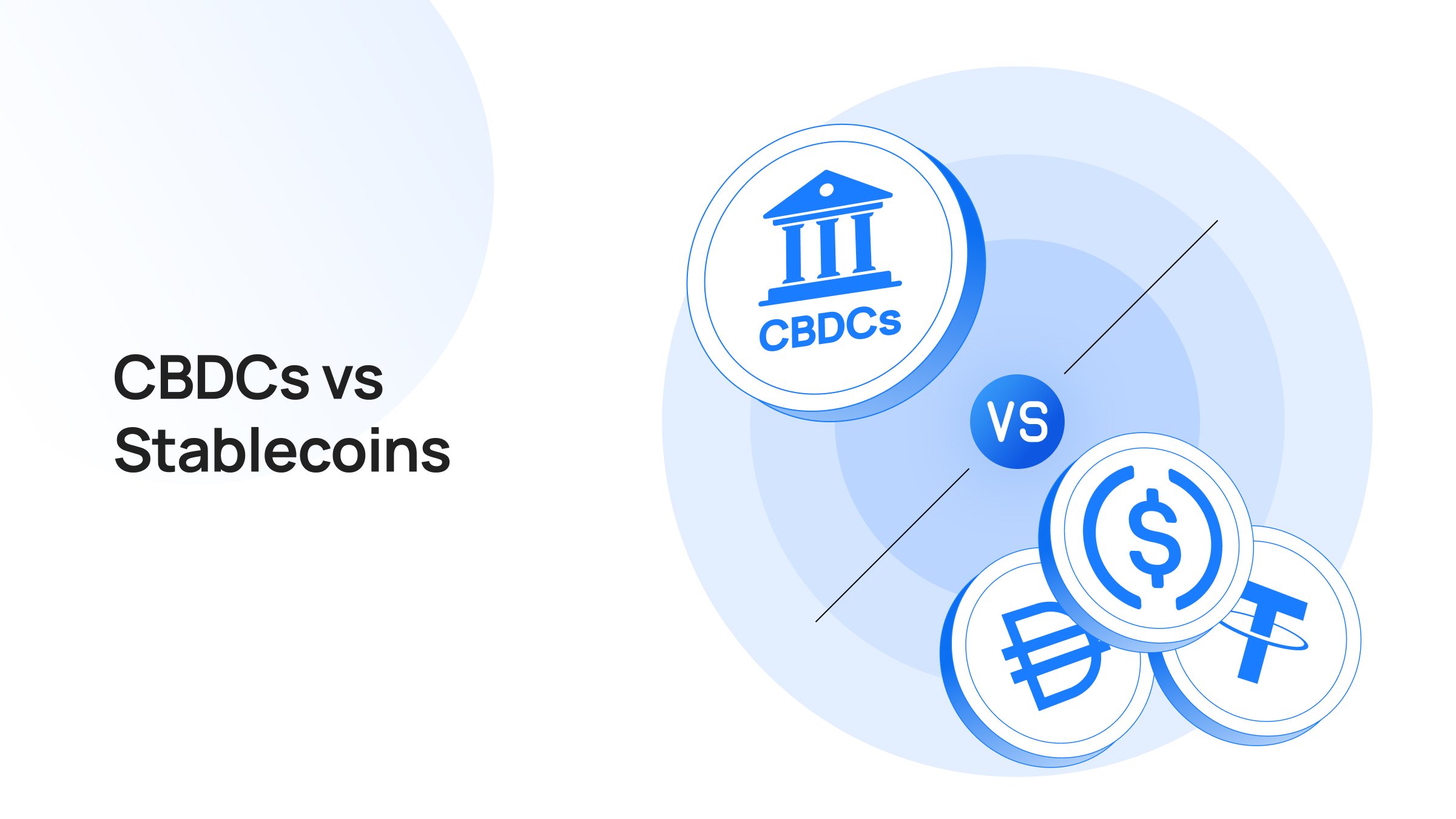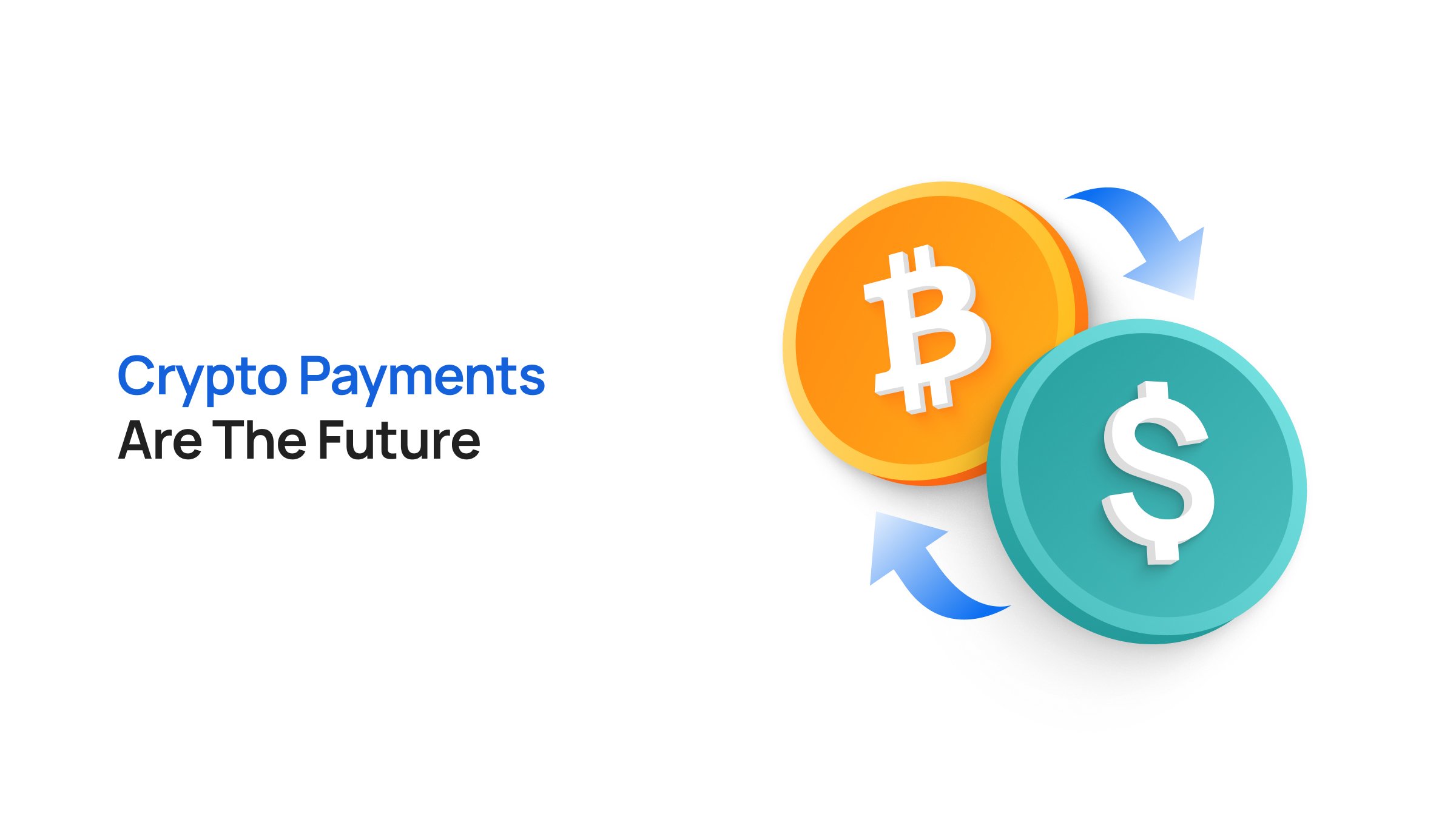In 2025, stablecoins no longer just mean on-chain dollars. For modern corporate treasuries, they’re capital as code. Capital that’s programmable, productive, and borderless.
What started as an effort to represent fiat digitally has now expanded into a system where financial institutions tokenize everything from government debt and money market funds to gold and credit instruments. These tokenized forms of real-world assets (RWAs) are reshaping how value moves across global markets.
Welcome to the age of RWA-backed stablecoins.
What Are RWA Stablecoins?
A Real-World Asset (RWA) stablecoin is a digital token backed by tangible, off-chain assets, like U.S. Treasuries, gold, or money market funds, rather than purely fiat reserves.
Traditional fiat-backed stablecoins such as USDT or USDC are designed for stability and liquidity, pegged 1:1 to the U.S. dollar. RWA stablecoins go a step further as they represent productive assets that generate real yield in the traditional economy, while remaining programmable and liquid on-chain.
In essence, RWA stablecoins bridge traditional finance (TradFi) and decentralized finance (DeFi). Each token represents a verifiable claim on an underlying real-world asset, governed under legal and regulatory frameworks that define how custody, redemption, and yield work.
Here are a few examples:
- XAU₮ (Tether Gold): backed by 7.7 metric tons of gold stored in Swiss vaults.
- BUIDL (BlackRock): a tokenized money market fund holding U.S. Treasuries.
- USYC (Circle & Hashnote): a yield-bearing stablecoin representing tokenized T-bills.
- RLUSD (Ripple): designed for institutional-grade settlements across regulated exchanges.
Fiat-Backed vs RWA-Backed Stablecoins
Category |
Fiat-Backed Stablecoins |
RWA-Backed Stablecoins |
|
Backing Asset |
Fiat cash and short-term Treasuries |
Tokenized Treasuries, MMFs, gold, or other yield assets |
|
Value Proposition |
Peg stability and liquidity |
On-chain access to yield and collateral utility |
|
Issuer Type |
Fintechs and payment firms (Circle, Tether, Paxos) |
Asset managers, fund administrators, institutional issuers |
|
Yield |
None (non-interest-bearing) |
Reflects or distributes underlying yield |
|
Regulatory Treatment |
E-money or stablecoin frameworks |
Often regulated as tokenized securities or funds |
|
Redemption |
1:1 USD with issuer |
In-kind or via redemption of RWA units |
|
Peg Behavior |
Fixed at $1 parity |
Fluctuates with asset value (gold, NAV, yield) |
|
Transparency |
Monthly attestations |
Real-time NAV or fund audits |
|
Liquidity |
High; global CEX and DEX trading |
Depends on institutional demand and secondary markets |
|
Use Cases |
Payments, trading, DeFi collateral |
Treasury management, tokenized fund access, institutional collateral |
Why RWAs Are Gaining Traction
After years of experimenting with purely fiat-backed digital dollars, the focus is now on bringing productive, real-world assets on-chain. The focus is on assets that generate income, hold regulatory clarity, and integrate seamlessly with existing financial systems.
Also Read: Top 9 RWA Tokenization Use Cases
Three powerful forces are accelerating the adoption of RWA-backed stablecoins:
- High-yield environments
- Institutional confidence
- Regulatory clarity
1. High-Yield Environments
After a decade of near-zero interest rates, treasuries and MMFs now deliver meaningful returns. By tokenizing them, institutions can make idle capital productive and settle transactions in real time without waiting for banking hours.
Also Read: What Is RWA Tokenization
2. Institutional Confidence
Global asset managers now see tokenization not as a crypto risk, but as an operational upgrade. It brings speed, transparency, and automated compliance to traditional fund management.
Also Read: 7 Reasons Stablecoins Are Becoming the Currency of Regulated Businesses
3. Regulatory Clarity
Regimes like the U.S. GENIUS Act, EU’s MiCA, and Singapore’s Project Guardian have established legal parameters for issuing and trading tokenized funds. This regulatory certainty has unlocked large-scale participation from banks, corporates, and fund managers.
The Players Defining the RWA Era
RWA-backed stablecoins are more than static representations of value today. They’re yield-bearing settlement rails, programmable treasury assets, and collateral primitives for the emerging tokenized financial ecosystem.
- BlackRock’s BUIDL Fund: The world’s largest asset manager now runs a tokenized MMF worth over $2.5 billion, powered by Ethereum.
- Franklin Templeton’s FOBXX / sgBENJI: Allows 24/7 on-chain share transfers and redemptions, integrated with Ripple’s RLUSD for instant settlement.
- Ripple’s RLUSD: A regulated bridge for cross-border settlements between MMFs and licensed exchanges (used by DBS and SBI).
- Circle’s USYC: Represents tokenized U.S. Treasuries, hinting at Circle’s vision for yield-based stablecoins.
- Tether’s XAU₮ & XAUT₀: Tokenized gold with omnichain support for Solana and Ethereum.
- Securitize + BNY Mellon + Goldman Sachs: Developing tokenized repo markets and RWA settlement layers.
- MAS Project Guardian (Singapore): Expanding to include tokenized bonds, FX, and funds led by JPMorgan and DBS.
Design & Tradeoffs That Matter
Not all RWA tokens are created equal. Their viability depends heavily on certain design and architecture choices.
Custody & Legal Structure
The legitimacy of an RWA token hinges on auditable, legally enforceable custody of the underlying assets. Is it a trust? Are the assets segregated? Are redemption rights enforceable by tokenholders? For example, XAU₮ claims the underlying gold is stored in Swiss vaults and the backing is audited.
Redemption & Liquidity Mechanisms
What redemption model and liquidity mechanism a stablecoin has adopted impact its efficacy. A few parameters to check its viability:
- Whether it has instant on-chain swaps or structured off-chain redemptions?
- What are the minimum thresholds for redemption?
- Is the frequency daily or weekly?
- If everyone redeems simultaneously, can the system absorb it?
Yield Mechanics & Accounting
For tokenized MMFs, how do you reflect accrued interest? Does the token itself accrue yield, or is there a separate yield token? These choices have implications for tax accounting, UI complexity, and risk.
Interoperability, Oracles & Settlement
Cross-chain versions (XAUT₀) introduce complexities like verifying the underlying on multiple chains, avoiding double-spending, maintaining liquidity, and keeping oracle integrity. A recent cross-chain RWA framework proposes using identifiers, verifiable credentials, and cross-chain authentication to streamline this.
Liquidity & Market Depth
Even if a token is well backed, if it lacks trading volume or secondary markets, its utility is constrained. Many RWA tokens suffer from low turnover, concentration, and limited active trading.
What’s Next for RWA Stablecoins
From gold to government debt, real assets are migrating on-chain at record speed. The convergence of tokenization, regulation, and yield has turned stablecoins from static money into programmable capital instruments.
While fiat-backed stablecoins optimize for liquidity and payments, RWA-backed stablecoins optimize for yield and institutional utility—bridging DeFi and TradFi in a single programmable layer.
In the Next 24 Months, Expect:
- Institutional adoption of tokenized MMFs as treasury assets
- Expansion of commodity-backed tokens (gold, silver, real estate)
- Cross-chain RWA standards (xRWA, verifiable credential systems)
- Hybrid stablecoins that toggle between yield and payment modes
- Greater regulatory convergence across major economies
Access RWA Stablecoins with Transak
As real-world assets become the next frontier of stablecoin innovation, Transak is building the rails to support them.
By enabling compliant on-ramps, liquidity routing, and instant conversions between fiat, classic stablecoins, and RWAs, Transak is preparing for a world where the assets themselves become the money.
Right now, users can already access popular stablecoins like XAU₮, USDT, USDC, EURC, and more via global.transak.com.
Frequently Asked Questions (FAQs)
1. What is a Real-World Asset (RWA) stablecoin?
An RWA stablecoin is a digital token backed by tangible, off-chain assets such as U.S. Treasuries, gold, or money market funds. RWA stablecoins represent productive assets from the traditional economy, bringing regulated yield and institutional-grade transparency on-chain.
2. Do all RWA stablecoins generate yield?
Not necessarily. While many RWA tokens are backed by yield-bearing instruments, only a subset actually distributes that yield to holders.
- Yield-bearing examples: BlackRock’s BUIDL and Circle’s USYC.
- Price-tracking examples: Tether’s XAU₮, which follows gold’s market price.
- Payment-focused examples: Ripple’s RLUSD, designed for institutional settlements, not yield.
In short, RWA backing ≠ guaranteed yield.
3. What are the risks of RWA stablecoins?
- Custody risk: If the issuer’s custodian fails or assets aren’t segregated.
- Valuation lag: NAV updates may not reflect real-time prices.
- Liquidity fragmentation: Secondary market depth varies by token.
- Regulatory reclassification: Some RWA tokens may be deemed securities in certain jurisdictions.
Also Read: Why Stablecoin Fragmentation Is a Problem (and What Can Fix It)
4. How are RWA tokens redeemed?
Redemption depends on the structure:
- Fiat-backed: Always 1:1 with USD or fiat equivalent.
- RWA-backed: Redemption may occur in-kind (for gold, fund shares) or through issuer buyback based on underlying NAV.
5. What role does Transak play in the RWA stablecoin ecosystem?
Transak provides compliant fiat-to-crypto and crypto-to-fiat rails for both classic stablecoins and RWA tokens.






